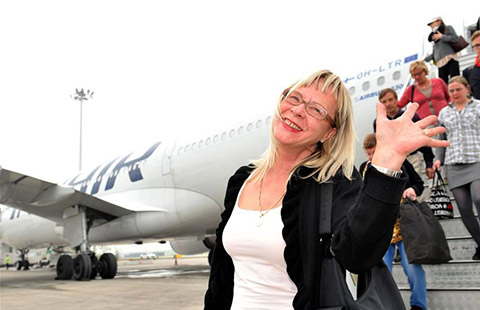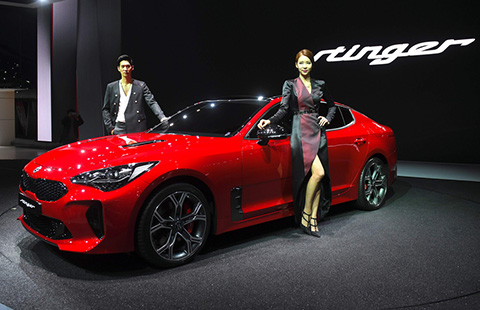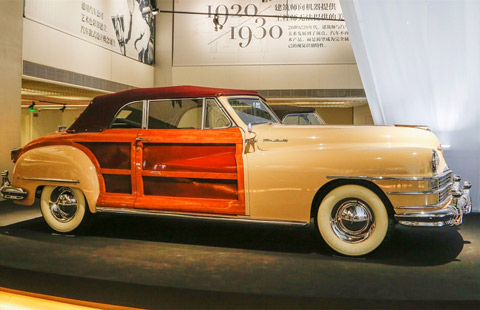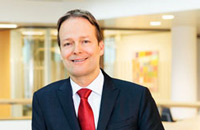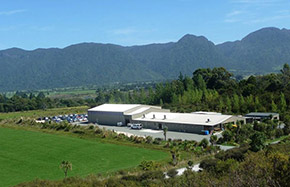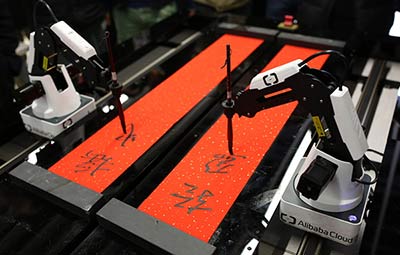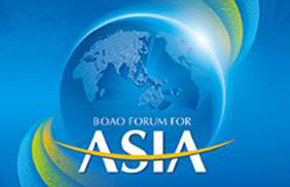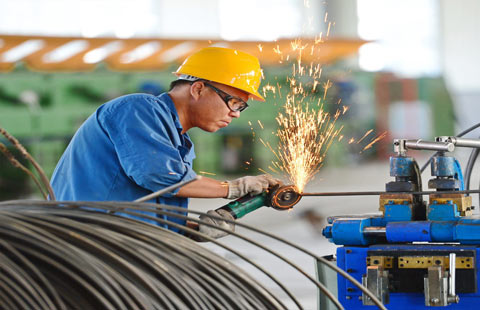Ferrari planning sales push in China
By Li Fangfang in Maranello, Italy (China Daily) Updated: 2013-05-09 06:02
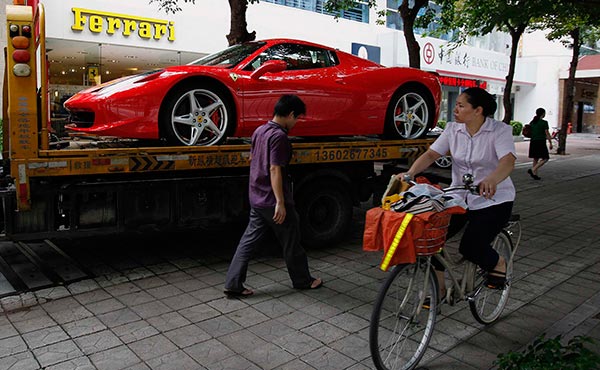 A Ferrari 458 Spider is loaded onto a truck after it was purchased by a young Chinese in Shenzhen, Guangdong province. Ferrari plans to add three new mainland dealerships this year. [Bobby Yip / Reuters] |
Ferrari SpA, the iconic Italian sports car producer, unveiled a five-year business strategy on Wednesday in which it hopes to increase its turnover from China and the United States, as income from Europe remains sluggish.
"The Greater China market plus the Far East region will contribute 2 percent more turnover to Ferrari in the next five years, while the US will generate 10 percent more," said Luca di Montezemolo, its chairman.
He added that by 2017, China and the US will both contribute 30 percent of turnover, from the current 28 percent for China and 20 percent for the US.Meanwhile, turnover from Europe and the Middle East will decline from the current 52 percent to 40 percent.
The company saw a 5 percent fall in sales in its home market, Italy, last year.
"So we cannot ignore the robust economic potential in China, which will help drive Ferrari's business in the future," said Montezemolo.
In 2012, Ferrari sold 7,318 sports cars worldwide, a 4.5 percent increase from 2011. It sold 784 cars in its Greater China market, a 4 percent rise, reinforcing the market as its second largest after the US.
"I'm satisfied with our market performance in China. In the coming years we will put more effort into China, the world's largest vehicle market, including training customers into making the Prancing Horse more favored by growing new rich," said Montezemolo.
Ferrari has 27 dealerships in the Greater China region, he said, and the company plans to have 30 dealers by the end of 2013, with three being added on the mainland.
However, Montezemolo said the company's sales this year are likely to be similar to those in 2012, both globally and in China, where the premium-car market has slowed along with the overall car market.
Moreover, Montezemolo said that Ferrari will invest 250 million euros ($329 million) in emission reduction technology over the next five years, half of the company's budget on research and development.
- Chinese company buys half of Argentine mine from Barrick
- China's forex reserves rise for second month in a row
- Chinese customers can now buy directly from Amazon Japan
- State-owned China Shipping pioneers move to Xiongan New Area
- Record financial institutions operate in Tibet
- EU imposes anti-dumping duties on Chinese steel products
- Locals have high hopes for Xiongan New Area
- How Chinese gave new life to Maine lobsters

